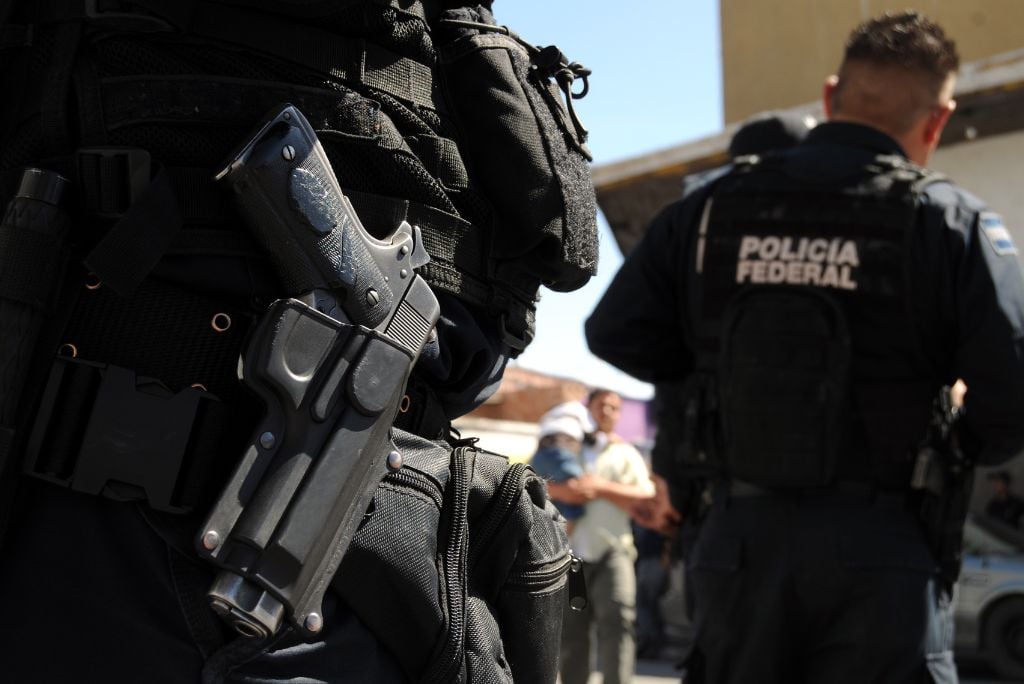On September 9th, violence erupted in Mazatlán, a coastal city in Sinaloa, Mexico, largely due to an internal conflict within the notorious Sinaloa Cartel. This criminal organization has long influenced the area, historically considered a relatively peaceful seaside destination. However, recent violent outbreaks disrupted this calm, stemming from disputes between factions vying for control of strategic territories and illicit activities following the weakening of cartel leadership. Internal strife has led to a concerning uptick in violence as local residents face increasing challenges to their safety and security.
The escalation of violence in Sinaloa, particularly in Mazatlán, heightens the fear experienced by residents. Despite previous years of relative peace, the once-scenic city has seen gunfire and chaotic scenes, with gunbattles taking place in populated areas. Authorities have attempted to regain control through heightened security operations; nevertheless, these measures have yielded limited results. The emotional toll on the community is pronounced as individuals find themselves navigating a climate of anxiety, with emergency advisories urging them to stay indoors for their safety.
The ongoing turmoil is intricately linked to the arrest of Ismael “El Mayo” Zambada, a key figure within the Sinaloa Cartel. Mexican President Claudia Sheinbaum addressed the unfolding violence in press conferences, attributing it to Zambada’s arrest and the ensuing internal cartel dynamics. Her remarks emphasized that the situation was unprecedented, suggesting vulnerabilities exposed by the leadership changes and the tensions within the cartel. As the former leader faced extradition to the U.S., the power vacuum exacerbated factional rivalries, revealing deeper conflicts within the criminal organization.
These internal conflicts are primarily characterized by the battle between two factions: “La Mayiza,” aligned with Zambada’s loyalists, and “Los Chapitos,” a faction representing the Guzmán family. The rivalry intensified after Zambada accused Joaquín Guzmán López, the son of “El Chapo” Guzmán, of betrayal that led to his arrest. This accusation instigated further violent encounters throughout Sinaloa, as the warring factions began an aggressive campaign against one another. The illegal activities supporting the cartel’s operations amplify these hostilities, as both sides vie for control over lucrative drug trafficking territories.
In recent weeks, the violence has reached alarming levels, resulting in numerous deaths, disappearances, and widespread destruction, impacting not only the cartel members but innocent civilians as well. The conflicts have rendered areas battlegrounds, with alarming reports of gunfire disrupting daily life. The apparent inability of local authorities to restore order and safety has resulted in a pervasive sense of chaos and instability throughout the region.
In conclusion, the situation in Mazatlán is emblematic of the broader struggles facing Sinaloa amid cartel conflicts. The internal dispute within the Sinaloa Cartel, exacerbated by leadership changes and rival factions, has transformed the area into a site of violence and fear. Local residents, once cushioned by the charm of their coastal city, now find themselves in a battle for survival amidst gang warfare. As security forces struggle to manage the escalating crisis, the need for effective intervention and support for affected communities has never been more urgent. The residents of Mazatlán hope for a return to peace, as the specter of violence looms larger over their daily lives.

